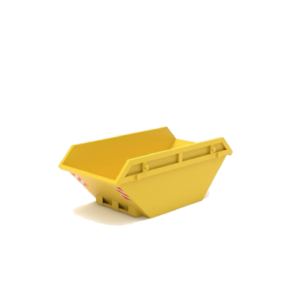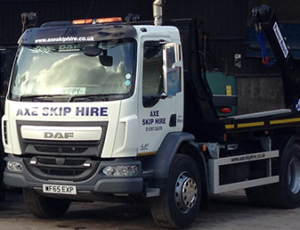The main difference between payload and towing capacity is fairly simple.
Payload refers to the number of pounds of cargo a pickup can carry, and towing refers to the number of pounds a pickup can pull. flagstaff towing co. is best for towing.
Payload Capacity: what proportion Your Truck Can Carry
Your truck’s payload capacity refers to all or any the cargo weight that you simply can safely add additionally to your truck’s empty weight (also referred to as curb weight). A “payload” might be anything from a floor filled with garden mulch to 5 passengers and a week’s worth of bags.
Payload capacity is calculated by your vehicle manufacturer and noted within the owner’s manual. But you’ll calculate your truck’s payload capacity on your own by doing touch math:
Start with the utmost total weight your truck can handle, referred to as its Gross Vehicle Weight Rating (GVWR). GVWR is additionally determined by the manufacturer and is listed in your owner’s manual. Subtract your truck’s curb weight from its GVWR—that’s your payload capacity!

Payload Capacity = Gross Vehicle Weight – Curb Weight
For example, if your truck’s GVWR is 9,000 lbs and it weighs 5,000 lbs empty, then your payload capacity is 4,000 lbs. you’ll put 4,000 lbs of individuals and stuff in your truck.
Note: Payload capacity includes passengers! If you’re learning a few friends, you’ll get to drop cargo to remain within your truck’s weight limit.
Here are some common payloads that you simply might carry together with your truck:
- A one-quarter cord of firewood (1,250 lbs)
- One-half yard of sand (1,300 to 1,500 lbs)
Towing Capacity: what proportion Your Truck Can Pull
Towing capacity refers to what proportion weight you’ll safely pull behind your truck with a trailer. Typically, your truck’s towing capacity far exceeds its payload capacity because the bulk of the load is resting on the trailer axles, not your truck’s axles.
You can find your truck’s towing capacity within the owner’s manual or calculate it on your own. to seek out your truck’s towing capacity, subtract your truck’s curb weight from its Gross Combined Vehicle Weight Rating (GCVWR). The GCVWR is that the maximum weight of your loaded truck and therefore the weight of its attached trailer.
Towing Capacity = Gross Combined Vehicle Weight – Curb Weight
Let’s say your truck features a GCVWR of 15,000 lbs. It weighs 5,000 lbs empty and you have already got 4,000 lbs of dirt within the floor. Your towing capacity would be not quite 6,000 lbs.
Here are some items you would possibly tow, alongside their common weights:
- Car (2,800 lbs)
- Car trailer (1,600 to 2,000 lbs)
- Motorboat (2,500 lbs)
- Boat trailer (300 to 1,500 lbs)
- Camper (5,200 lbs)
Know Before You Tow!
Ignoring your truck’s towing and payload capacity is one of the simplest ways to wreck its frame, engine, transmission, and tires. Consult your owner’s manual before pushing, pulling, or hauling any load.
Proper hauling, based partially on the steadiness of your cargo, also can prevent crashes.




